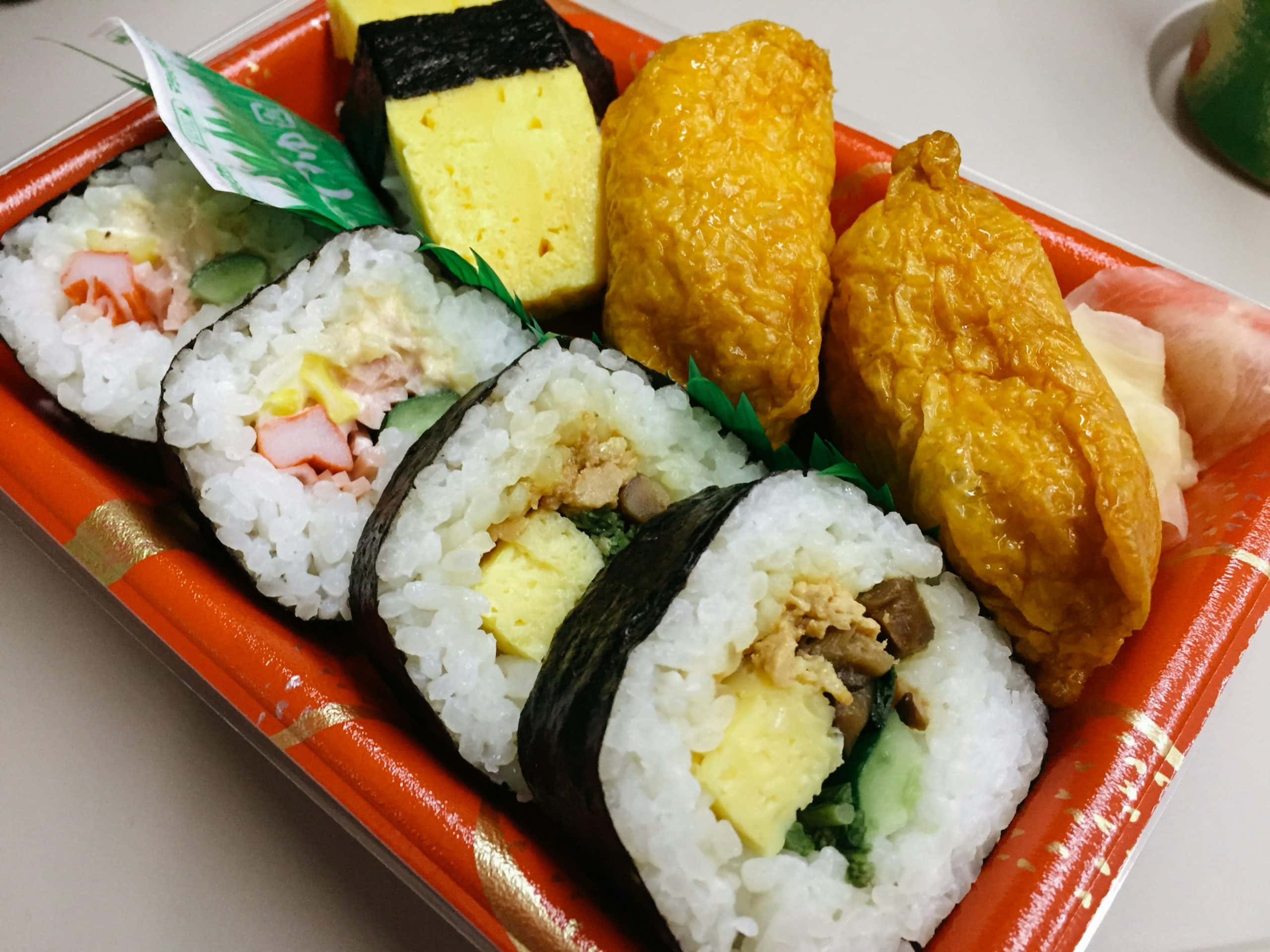The beauty of bento boxes: japanese lunch art

Welcome to a fascinating journey into the world of the traditional Japanese bento. The bento box is much more than just a lunch container—it’s an age-old tradition that fuses together Japanese culture, gastronomy, and art in a beautiful package.
The Cultural Significance of Bento
In Japan, bento is more than just a way to pack lunch—it plays a significant role in Japanese culture. This section delves into the rich history of bento and its role in the everyday life of the Japanese people.
Also to read : Homemade pasta workshop: from dough to delicious
The bento box has been a vital part of Japan’s culinary culture for centuries. Its origins can be traced back to the Kamakura period (1185-1333) when cooked and dried rice, known as hoshi-ii, was developed. This rice could be easily transported and eaten without further cooking, making it ideal for workers and travellers.
Bento in modern Japan is deeply integrated into daily life. It is commonly used for school lunches, work meals, picnics, and special occasions. The act of preparing bento is a labor of love, often made by parents for their children or spouses for their partners. It symbolizes care and affection and is a unique way to communicate these feelings without words.
Also read : Kid-friendly cooking: fun and nutritious meals
The Art of Bento
Bento is not merely about food—it’s about aesthetics. The artistry involved in bento preparation is an integral part of the bento experience. This section focuses on the importance of visual appeal in bento and the creativity it inspires.
The Japanese believe in the concept of shitsurae, or the aesthetic arrangement of the bento box. This involves careful placement of different foods in a particular order, often to create a visually pleasing balance of color and texture. The food is often shaped and decorated in imaginative ways to depict characters, animals, or scenic landscapes.
In recent times, the art of bento has taken a creative leap with the emergence of kyaraben or character bento. These are bento boxes that feature food carefully arranged and decorated to resemble popular characters from manga, anime, or video games. This trend has made bento even more popular, particularly among children.
Traditional Bento Ingredients
A traditional Japanese bento box typically consists of a variety of dishes to provide a balanced meal. This section explores the common ingredients and dishes that are often included in a bento box.
At its core, a bento box meal usually includes rice, protein, and a variety of side dishes. The rice, often seasoned with vinegar or mixed with other ingredients, is the main carbohydrate source. It is commonly shaped into a rectangle, triangle, or a ball and may sometimes be wrapped in a nori (seaweed) sheet.
The protein source can be fish, seafood, or meat. Grilled salmon or chicken, breaded and deep-fried pork (tonkatsu), and Japanese omelette (tamagoyaki) are common choices. The side dishes often include pickled vegetables, fresh fruits, and salads. These components are carefully chosen and arranged to ensure a balance of taste, texture, and color in the bento box.
The Bento Box: A Guide to Materials and Styles
The box in which a bento meal is packed is an essential part of the bento experience. This section provides a guide to the different materials and styles of bento boxes available in the market.
The most traditional form of a bento box is a simple, rectangular, two-tiered container made out of lacquered wood. However, bento boxes today come in a variety of materials, with plastic and stainless steel being the most common. Each material has its own advantages and the choice often depends on personal preference and the type of food being packed.
Style-wise, bento boxes range from simple, single-compartment containers to elaborate multi-tiered ones. Some boxes come with built-in compartments or removable dividers that make it easier to separate different foods. There are also many themed bento boxes available, featuring popular characters or patterns.
Where to Buy Your Bento
Whether you’re in Japan or elsewhere in the world, there are numerous places where you can enjoy bento or buy a bento box. This section serves as a guide to help you find the best sources for all your bento needs.
In Japan, bento boxes are readily available at convenience stores, supermarkets, department stores, and specialty bento shops. They are also sold at train stations—these are known as ekiben or station bento. Each region in Japan has its own specialty ekiben, reflecting local culinary traditions.
Outside of Japan, numerous online retailers sell a wide variety of bento boxes and accessories. Websites like Bento&Co, Japan Centre, and CasaBento offer an extensive selection of bento boxes in different materials and designs, as well as other bento-related items like food picks, rice molds, and bento bags.
When it comes to prepared bento meals, many Japanese restaurants and sushi places around the world offer bento lunches. There are also meal delivery services that specialize in bento meals, offering a convenient way to enjoy a balanced, beautifully prepared Japanese meal right at your doorstep.
Integrating Bento into Western Culinary Traditions
Bento boxes are not exclusive to Japan anymore. Many Western countries have embraced this traditional Japanese culinary practice, integrating it into their own food cultures. This section discusses the growing global popularity of bento and how it’s being adopted and adapted by different cultures.
The rise in global popularity of bento can be attributed to its versatility, balanced nutrition, and aesthetic appeal. It caters perfectly to the modern need for healthy, convenient, and visually appealing meals. In the West, bento has found its place in school lunch boxes, work lunches, picnic meals, and even party fare.
What is noteworthy is that while the concept of bento remains the same, the content often reflects the local culinary preferences. For instance, a Western-style bento might include sandwiches, fruits, vegetables, and a sweet treat. Similarly, Mediterranean-style bento might include olives, hummus, pita bread, and fresh veggies. This ability to adapt and incorporate local flavors is one of the reasons for the widespread popularity of bento.
Even the materials used for bento boxes in the West have evolved. Apart from the traditional lacquered wood and stainless steel, there are now bento boxes made from eco-friendly materials like bamboo or biodegradable plastic. The designs have evolved too, with bento boxes available in a range of colors, patterns, and styles that cater to all age groups and preferences.
Conclusion: Bento as a Culinary Art Form
Bento is a fascinating facet of Japanese culture that has successfully navigated the tides of globalization. It has evolved from a simple, portable lunch in Japan to a global culinary trend. But irrespective of where it’s enjoyed, the essence of bento remains the same—an artful display of a balanced meal.
Bento’s global popularity is not just a testament to the appeal of Japanese food but also an affirmation of the universal appeal of food that is not just nourishing but also visually appealing. It’s no exaggeration to say that a bento box is like a miniature art gallery in which every dish is a work of art.
Moreover, the act of preparing and packing a bento box is not just a culinary exercise but also a creative one. It encourages the imagination to create visually pleasing arrangements and the use of fresh, colorful ingredients. The practice of making bento can be seen as an act of mindfulness, a form of self-expression, and a labor of love.
The bento box embodies the Japanese philosophy of balance and harmony in the most delightful way. It’s more than just a lunch box—it’s a cultural icon that encapsulates the aesthetic sensibilities, culinary traditions, and the spirit of generosity of the Japanese people. No matter where it travels, the bento box continues to inspire and delight with its beauty and taste.
